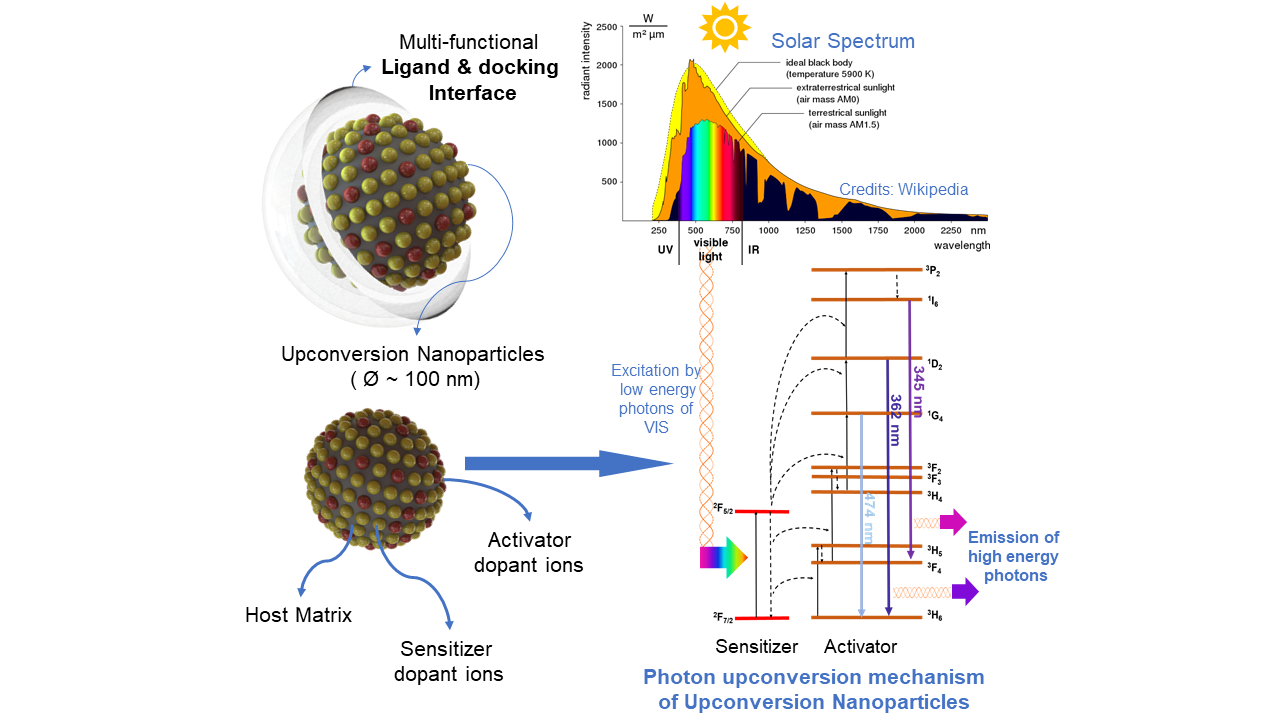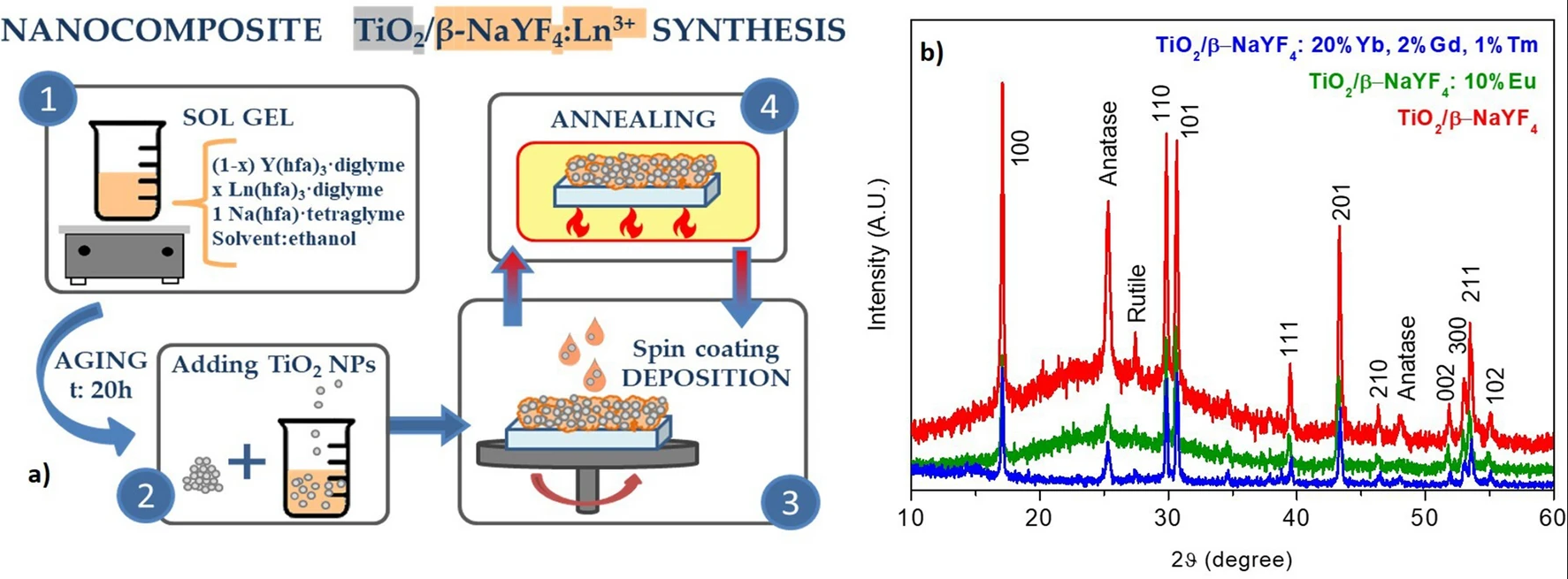
Lanthanide-based semiconductors offer unique optical properties, including sharp emission bands, long luminescence lifetimes, and efficient photon upconversion, making them promising candidates for next-generation optoelectronic devices and sustainable energy conversion systems. This thesis focuses on the design, synthesis, and characterization of advanced lanthanide-doped or lanthanide-containing (Pr, Ho, Er, Tm etc.) semiconductor materials tailored for light-activated applications. Emphasis will be placed on controlling crystal structure, morphology, and dopant distribution to optimize light absorption, charge transport, and emission properties. Depending on your interests and the time available, you could focus on making the materials, studying their structures and surfaces, testing how they absorb and emit light, or trying them out in small test devices. Along the way, you’ll get hands-on experience with materials synthesis, advanced microscopy, spectroscopy, and data analysis—skills that are valuable in both research and industry.
Scope of Work (adaptable to project size and duration)
1- Literature review on lanthanide-based semiconductors, photon upconversion, and light-activated materials for optoelectronics and energy conversion.
2- Material design: selection of suitable lanthanide ions, host lattices, and semiconductor systems for targeted optical and electronic properties.
3- Synthesis of lanthanide-based materials via wet-chemical methods, solid-state routes, or nanostructuring techniques (scope and complexity scalable).
4- Structural and morphological characterization using XRD, SEM/TEM, and BET surface area analysis.
5- Optical characterization (photoluminescence spectroscopy, upconversion efficiency, UV–Vis absorption).
6- Electronic and functional property evaluation, such as photocurrent measurements or device prototyping (optional for shorter projects).
7- Integration into model devices for proof-of-concept demonstrations in energy harvesting, photocatalysis, or display technologies (optional for extended projects).
8- Data analysis and interpretation with possible computational modeling support (for students with simulation skills).
9- Final reporting and presentation of results, including recommendations for further research.
The specific focus (e.g., synthesis only, characterization only, or application-oriented prototype development) will be tailored to the student’s background, interests, and available time frame.





Lanthanide-based semiconductors offer unique optical properties, including sharp emission bands, long luminescence lifetimes, and efficient photon upconversion, making them promising candidates for next-generation optoelectronic devices and sustainable energy conversion systems. This thesis focuses on the design, synthesis, and characterization of advanced lanthanide-doped or lanthanide-containing (Pr, Ho, Er, Tm etc.) semiconductor materials tailored for light-activated applications. Emphasis will be placed on controlling crystal structure, morphology, and dopant distribution to optimize light absorption, charge transport, and emission properties. Depending on your interests and the time available, you could focus on making the materials, studying their structures and surfaces, testing how they absorb and emit light, or trying them out in small test devices. Along the way, you’ll get hands-on experience with materials synthesis, advanced microscopy, spectroscopy, and data analysis—skills that are valuable in both research and industry.
Scope of Work (adaptable to project size and duration)
1- Literature review on lanthanide-based semiconductors, photon upconversion, and light-activated materials for optoelectronics and energy conversion.
2- Material design: selection of suitable lanthanide ions, host lattices, and semiconductor systems for targeted optical and electronic properties.
3- Synthesis of lanthanide-based materials via wet-chemical methods, solid-state routes, or nanostructuring techniques (scope and complexity scalable).
4- Structural and morphological characterization using XRD, SEM/TEM, and BET surface area analysis.
5- Optical characterization (photoluminescence spectroscopy, upconversion efficiency, UV–Vis absorption).
6- Electronic and functional property evaluation, such as photocurrent measurements or device prototyping (optional for shorter projects).
7- Integration into model devices for proof-of-concept demonstrations in energy harvesting, photocatalysis, or display technologies (optional for extended projects).
8- Data analysis and interpretation with possible computational modeling support (for students with simulation skills).
9- Final reporting and presentation of results, including recommendations for further research.
The specific focus (e.g., synthesis only, characterization only, or application-oriented prototype development) will be tailored to the student’s background, interests, and available time frame.



